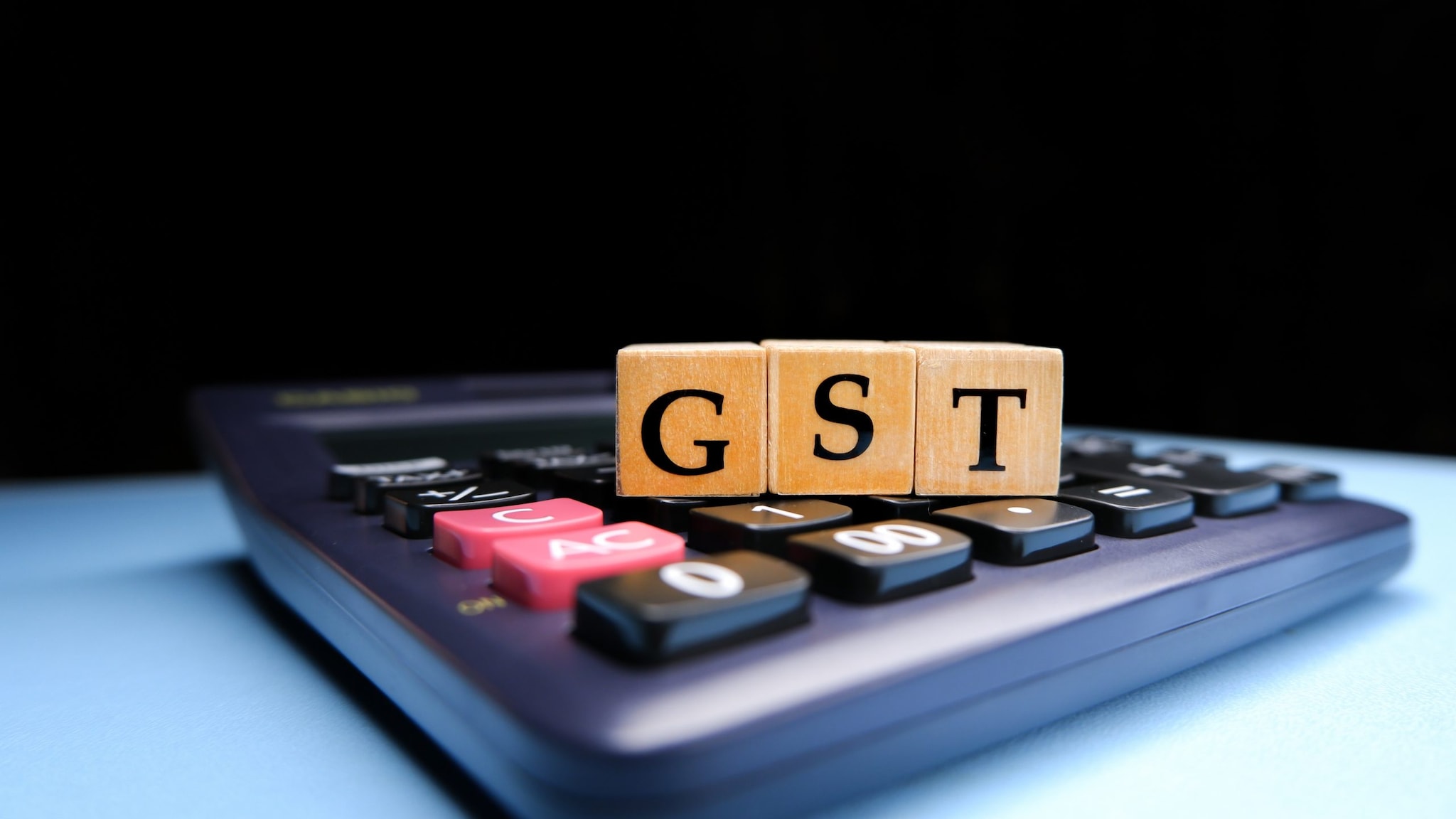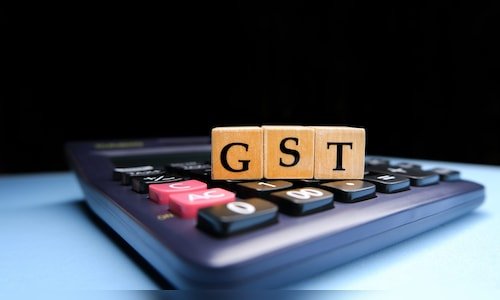
| Company | Value | Change | %Change |
|---|
Manipur and Nagaland showed the highest dependence on GST, at 78% and 72% respectively. Meanwhile, Maharashtra, Tamil Nadu, and West Bengal were the top contributors in stamps and registration, sales tax, and state excise duties, respectively. Odisha recorded the highest share of non-tax revenue in its overall resource receipts (ORR), with 49%.
Also Read: Budget 2025: How GST collection shapes economic planning
“The introduction of GST in July 2017 marked a significant shift in India’s indirect tax structure, aiming to create a unified, streamlined taxation system across the country,” the Survey stated. By simplifying processes, it has not only improved ease of doing business but also boosted digitalisation efforts and enhanced revenue collection.
The Survey also highlighted the role of GST in simplifying tax structure in the real estate sector. “GST has helped to simplify the taxation structure in real estate transactions by applying a single unified tax system across states. It has encouraged proper invoicing and documentation, thus reducing the scope for tax evasion.”
The Economic Survey highlighted that states maintaining a revenue surplus, which are often linked with higher capital expenditure, saw significant improvements in their financial health. In total, 11 states reported a revenue surplus during the April-November 2024 period, reflecting the positive impact of the GST regime.
First Published: Jan 31, 2025 3:26 PM IST



